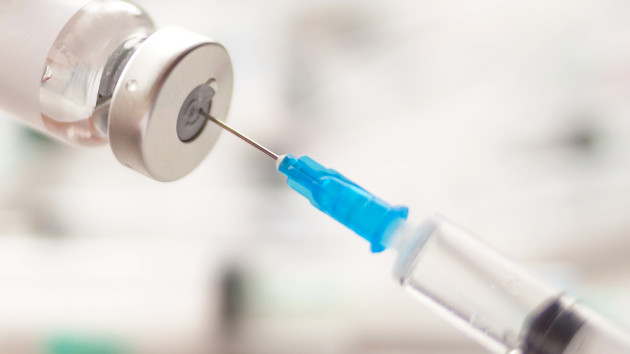How much radiation Starliner astronauts may have been exposed to while waiting to come home
Written by ABC Audio ALL RIGHTS RESERVED on September 5, 2024

(NEW YORK) — As two NASA astronauts gear up for a months-long unplanned stay on the International Space Station (ISS), they may also be increasing their risk of radiation exposure.
Barry “Butch” Wilmore and Sunita “Suni” Williams, who performed the first crewed test flight of Boeing’s Starliner, took off on June 5 and were only supposed to be in space for about one week.
However, several problems have arisen with the spacecraft, pushing their return to February 2025 aboard Space X’s Crew-9 Dragon spacecraft.
Space radiation is different from radiation experienced on Earth. It’s made up of three kinds of radiation: particles trapped in Earth’s magnetic field, particles from solar flares and galactic cosmic rays, NASA said.
Earth is surrounded by a system of magnetic fields, called the magnetosphere, that protects people from harmful space radiation. However, the higher a person is in altitude, the higher the dose of radiation they are exposed to.
“It’s an order of normal magnitude,” Dr. Stanton Gerson, dean of the Case Western Reserve University School of Medicine in Cleveland, told ABC News. “As you move [into] the atmosphere, you have increased radiation exposure.”
Due to prolonged exposure, astronauts can be at significant risk for radiation sickness and have a higher lifetime risk of cancer, central nervous system effects and degenerative diseases, according to NASA.
“In low earth orbit where the ISS is, astronauts are at least partially protected by the magnetosphere that protects Earth from the radiation exposure of deep space,” Dr. Rihana Bokhari, acting chief scientific officer at Baylor College of Medicine’s Translational Research Institute for Space Health, told ABC News.
“However, they do have a greater radiation exposure than those on Earth because the ISS passes through areas of trapped radiation in their orbit,” she continued. “Butch and Suni, since they are on the ISS, will not be exposed to enough radiation to seriously cause large impacts on body systems but the long duration exposure to greater radiation than on Earth could lead to an increase in the risk of cancer.”
Crews aboard the ISS receive an average of 80 mSv to 160 mSv during a six-month stay, according to a 2017 NASA report. Millisieverts (mSv) are units of measurement for how much radiation has been absorbed by the body.
Although the type of radiation is different, 1 mSv of space radiation is roughly the same as receiving three chest X-rays, the federal space agency said.
By comparison, a person on Earth receives an average of 2 mSv every year from just background radiation, NASA said.
Gerson said it’s fair to take the NASA estimates and cut them in half. This means for a three-month stay, the astronauts have a cumulative average risk of receiving 40 mSv to 80 mSv.
What’s harder to determine is the episodic risk from factors including solar flares, he said.
“There’s spike risks because there’s episodic waves of solar radiation and deep space ionic radiation that come through the magnetic field, and luckily Earth has a strong magnetic field that blocks a lot of that,” Gerson said. “If you’re on the other side of the moon, you don’t have that.”
Gerson added that NASA has done a good job of checking up on astronauts after they return to Earth as the agency and other researchers have learned more about how radiation affects the body and what signs to look for.
Copyright © 2024, ABC Audio. All rights reserved.
 KVSP
KVSP 




